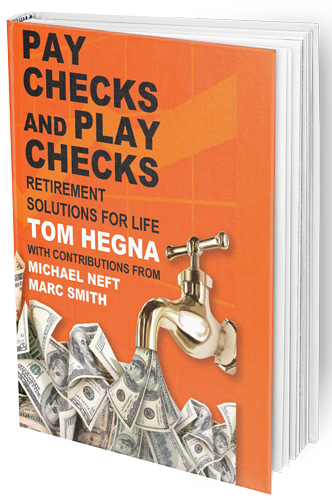Understanding the Process of Underwriting in Life Insurance
Life insurance is a vital part of many people’s financial plans. And it’s a necessary step when applying for a LIRP. Insurance provides security and peace of mind in the event of a tragedy, and can provide financial stability for your family in the future. One of the most important aspects of life insurance is the process of underwriting. This process is critical to making sure you get the best rates and coverage for your individual needs. In this article, we’ll discuss the process of underwriting in life insurance and the benefits it offers.
Introduction to the Process of Underwriting in Life Insurance
Underwriting is the process of evaluating an insurance applicant’s risk and determining how much coverage and what type of policy should be offered. This process is done by the insurance company’s underwriters, who are responsible for assessing the risk of insuring an individual. The underwriter looks at an applicant’s age, health, lifestyle, and other factors to determine their risk and the cost of the policy.
Underwriting is a critical part of the life insurance process, as it helps to ensure that individuals are getting the coverage they need at the best possible rates. It is also important to note that underwriting is not a one-size-fits-all process. Each person is evaluated individually, and evaluations are done within the comfort of your own home. To efficiently navigate each step of the process, it is important to have an experienced professional, like those at Secure Retirement Strategies, who can help guide you through every step of the underwriting process.
The Different Steps of the Underwriting Process
The underwriting process involves several different steps. First, the insurance company will review your application, which includes information such as age, health, lifestyle, and other factors. This is done to get an understanding of the applicant’s risk.
Next, the insurance company will order a medical exam, if necessary. This exam will provide the insurance company with additional information about the applicant’s health and risk. The exam will include a physical exam, a check of vital signs, and laboratory tests.
The third step of the underwriting process is to obtain a copy of the applicant’s medical records from their doctor. This will allow the insurance company to get an even better understanding of the applicant’s health and risk.
The fourth step is for the underwriter to review the information that has been gathered and make a decision on the applicant’s risk. The underwriter will then make a recommendation to the insurance company on what type of policy to offer and at what rate.
Finally, the insurance company will review the underwriter’s recommendation and make a final decision. The insurance company will then contact the applicant and Secure Retirement Strategies with their decision, providing them with their qualifying policy’s details.
The Benefits of Underwriting
Underwriting is an important part of the life insurance process, as it helps to ensure that individuals are getting the coverage they need at the best possible rates. When planning your LIRP, Secure Retirement Strategies always uses the “Standard” rate for any given policy, but the process of underwriting often gets people better rates by evaluating their current medical condition.
Underwriting also helps to ensure that individuals are getting the coverage they need. Your LIRP is an important part of your holistic retirement strategy, and getting the proper policy for you helps meet your financial goals.
Finally, underwriting helps to ensure that individuals are not paying too much for their coverage. By assessing an individual’s risk, the Secure Retirement Strategies can recommend the best policy for them at the best possible rate.
Tips for Effective Underwriting
Underwriting is a complex process, and it is important to make sure that you are prepared for it. Here are some tips for effective underwriting:
- Be honest and upfront about your health and lifestyle.
- Provide accurate and up-to-date information on your application.
- Make sure to get a copy of your medical records from your doctor.
- Work with an experienced team member at SRS who can help guide you through the process.
By following these tips, you can ensure that you are getting the best coverage at the best possible rates.
Conclusion
Underwriting is an important part of the life insurance process, and it is critical that individuals understand the process and the benefits it offers. By following the tips outlined in this article, you can ensure that you are getting the best policy at the best rate for your LIRP, putting you closer to your retirement goals and financial security.
If you have any questions or need assistance with the underwriting process, contact Secure Retirement Strategies and get direct assistance from our firm through every step of underwriting for your Life Insurance Retirement Plan. We have the expertise and experience to help you make the best decisions for your individual needs.







